Productivity
Making Peer Recognition Inclusive In A Diverse Workplace
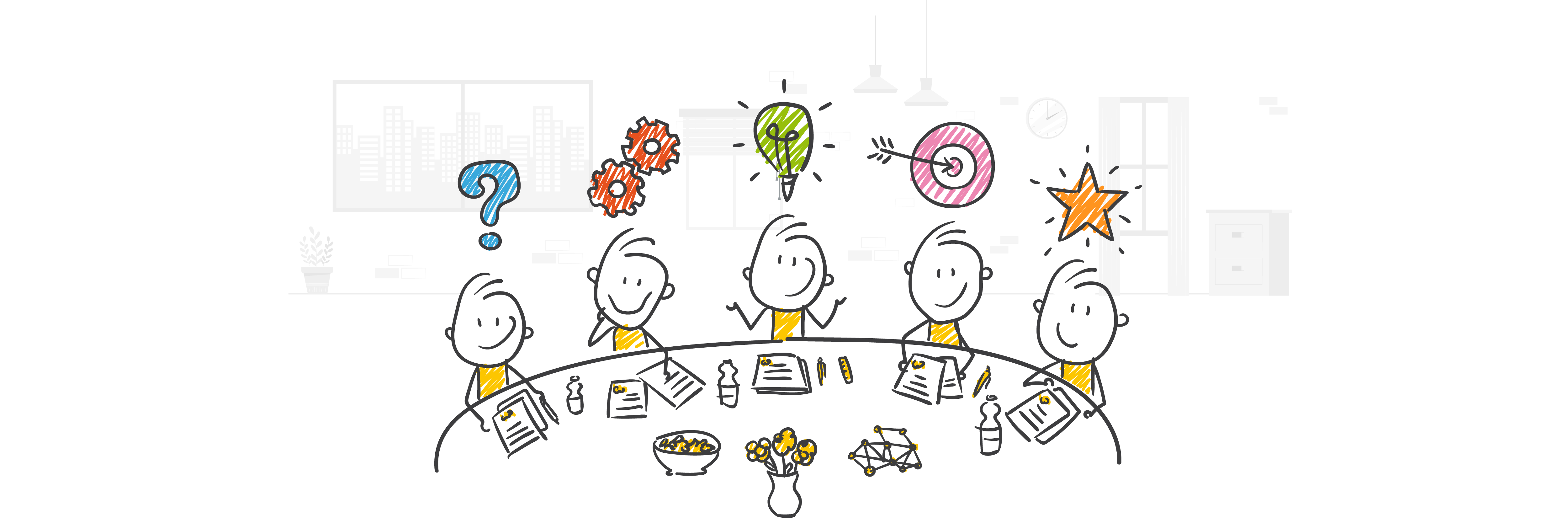
Workplaces are changing, and mostly for good. The change that we are discussing in today’s blog primarily focuses on how the workforces across the globe have become increasingly diverse. People from different corners of the world are working shoulder to shoulder with their peers towards a common goal, an ideology, and collective success.
Diversity in the workplace itself comes in a variety of forms. At workplaces of most major organizations in any country, we can see diversity in the form of cultural diversity, religious diversity, gender diversity, racial diversity, educational diversity, language diversity, and other diversities such as backgrounds, skill sets, and ideological diversity.
The biggest organizations in the world recognize the need for diversity in the workplace and actively build a workforce. Diversity helps drive employee engagement, and it helps businesses grow and transcend boundaries. When there is sufficient diversity in any workplace, there is a new energy that is infused into the atmosphere, and the work culture, innovation, and creativity flow freely. Each and every individual who is part of the organization is able to contribute in their own unique way. They contribute by bringing their experiences to life, presenting distinct perspectives, and helping devise solutions that are more inclusive.
It is clear that the advantages of having a diverse workplace are plenty, and every organization must harness the soft power of diversity in the workplace. However, this is where most organizations fall short despite recognizing their true potential. Every organization must prioritize the active development of employee recognition and rewards to drive employee engagement and related strategies. Here we pitch to everyone the idea of making your peer recognition program more inclusive to truly imply your unwavering commitment to collectively taking forward a diverse workforce to achieve new heights as an organization.
Given below are a few ways in which peer recognition can be made more inclusive in a diverse workplace; read to know more:
1. Know Your Team:
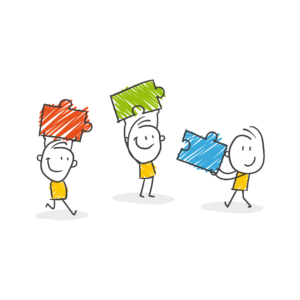
Knowing your team is probably the most important thing to do when you have a diverse workforce. Understand each and every member of your team. Start by getting to know their journey right until they join the organization. There is a lot to imbibe from their experiences, their struggles, and their learnings.
Getting a first-hand insight of every individual or a group of individuals coming from a similar background shall help you comprehend their needs better and develop a conducive work environment for them so that they can use all their learnings and bring their experience to the table while delivering the results.
2. Increase Employee Engagement:
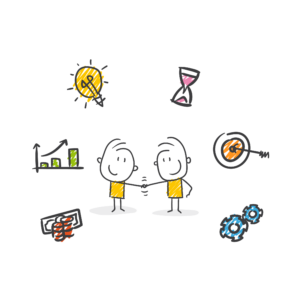
Often increasing employee engagement is seen as a by-product of a good peer recognition program. However, just like a small working capital is needed upfront to get profits later in return, there is a need to get a diverse workforce to break the ice and interact with one another to ensure that they work cohesively as a team in the near future.
Employee engagement can be driven by hosting short fun-filled team-building activities and games at the end of every working day. This shall help them personally interact with their peers, work as a team, and have some fun while they are at it.
Encouraging them to reward good work done by their peers shall help them get increasingly comfortable with one another. A comprehensive peer recognition tool such as PeerFives shall be a great means to facilitate this in organizations of various sizes and scales.
3. Create a Good Mentorship Program:
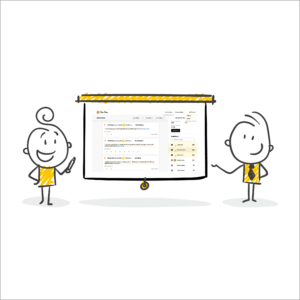
To create a good mentorship program, the organization needs to identify key areas and key people to execute the program. Without any data, this is akin to taking a shot in the dark. Instead, organizations can make use of the data gathered from a well-established peer recognition program to lay the foundation for the mentorship program.
Peer recognition tools such as PeerFives offer you a world of data. The data gives you insight into how the employees of an organization interact with each other. The frequency of recognition, the value of each reward, the authenticity of each interaction, their values that align employees, and many such parameters enable management teams in an organization to take decisions backed by data to identify leaders and set up mentorship programs that help guide and bring together a diverse workforce.
The mentorship program shall help people from similar backgrounds and identities share more with each other, empowering them to share their views and make the workplace a safe space for them as well.
4. Celebrate Your Diversity:
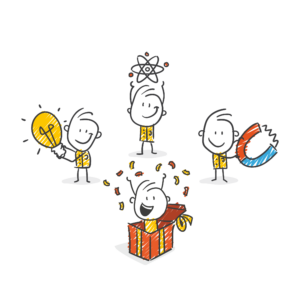
Having a diverse workplace is a matter of great pride. However, having a workplace that makes every individual feel like they are part of the team is a challenge. The best way to make every individual feel part of the team is to celebrate everything right from occasions to victories at work, even personal milestones.
You can start by celebrating the different festivals that your diverse workforce celebrates, and these include some festivals such as Christmas, Eid, Diwali, Hanukkah, Chinese New Year, and so forth. Further, each individual’s personal and professional milestones can be celebrated by peers and colleagues. These include birthdays, anniversaries, and successful execution of work-related tasks.
All of these shall offer the much-needed motivation to employees and serve as an opportunity for better team bonding. PeerFives is a great tool to fulfill your gifting needs here as well. You can gift peers vouchers or customized merchandise from the marketplace.
In conclusion, having a diverse workplace is a matter of great pride, but making peer recognition more inclusive at such workplaces shall be the best way to keep your employees satisfied and happy while ensuring that productivity is at an all-time high.

